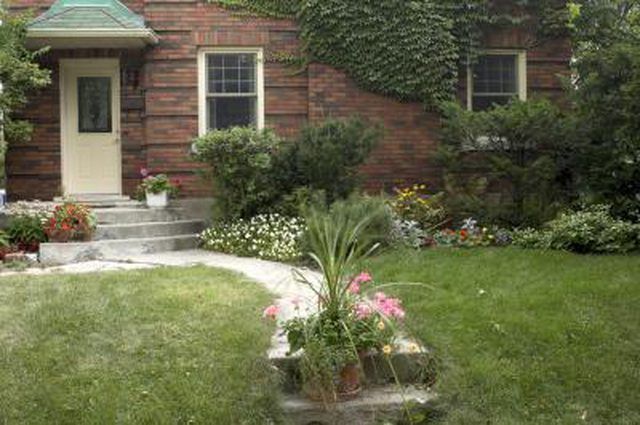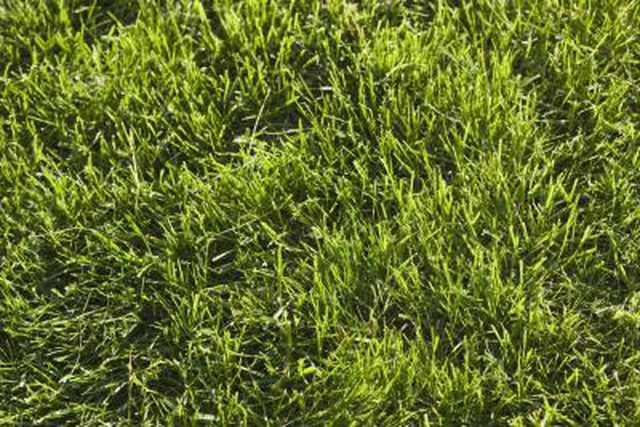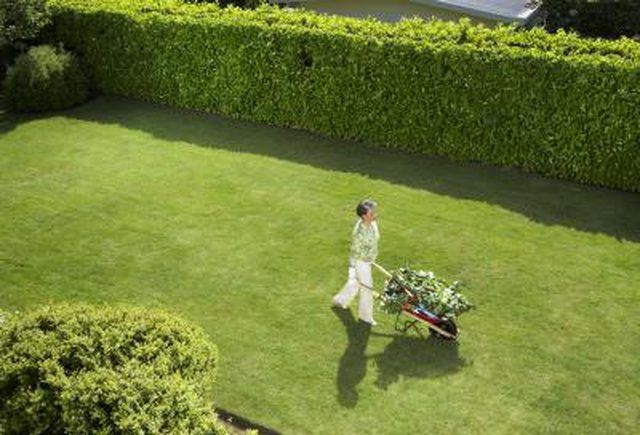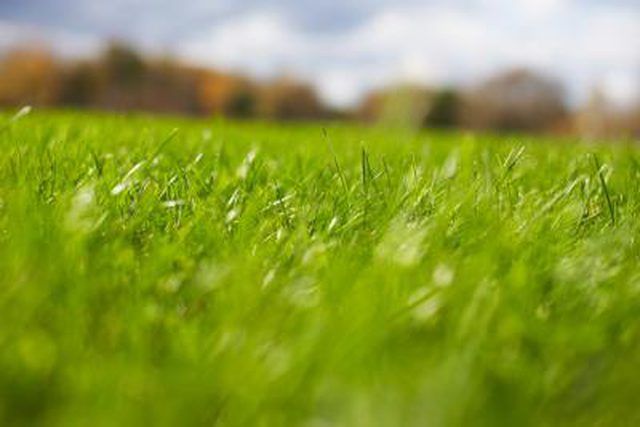Bulbs
Flower Basics
Flower Beds & Specialty Gardens
Flower Garden
Garden Furniture
Garden Gnomes
Garden Seeds
Garden Sheds
Garden Statues
Garden Tools & Supplies
Gardening Basics
Green & Organic
Groundcovers & Vines
Growing Annuals
Growing Basil
Growing Beans
Growing Berries
Growing Blueberries
Growing Cactus
Growing Corn
Growing Cotton
Growing Edibles
Growing Flowers
Growing Garlic
Growing Grapes
Growing Grass
Growing Herbs
Growing Jasmine
Growing Mint
Growing Mushrooms
Orchids
Growing Peanuts
Growing Perennials
Growing Plants
Growing Rosemary
Growing Roses
Growing Strawberries
Growing Sunflowers
Growing Thyme
Growing Tomatoes
Growing Tulips
Growing Vegetables
Herb Basics
Herb Garden
Indoor Growing
Landscaping Basics
Landscaping Patios
Landscaping Plants
Landscaping Shrubs
Landscaping Trees
Landscaping Walks & Pathways
Lawn Basics
Lawn Maintenance
Lawn Mowers
Lawn Ornaments
Lawn Planting
Lawn Tools
Outdoor Growing
Overall Landscape Planning
Pests, Weeds & Problems
Plant Basics
Rock Garden
Rose Garden
Shrubs
Soil
Specialty Gardens
Trees
Vegetable Garden
Yard Maintenance
When Should You Power Rake a Lawn?
When Should You Power Rake a Lawn?. Power raking a lawn, also called dethatching, is a great way to remove the buildup of excess dead plant material, improve water and nutrient flow to the roots and to stimulate new grass growth. Heavy thatch can choke grass plants, protect weeds and insects from the chemicals that fight them, and increase runoff...
Power raking a lawn, also called dethatching, is a great way to remove the buildup of excess dead plant material, improve water and nutrient flow to the roots and to stimulate new grass growth. Heavy thatch can choke grass plants, protect weeds and insects from the chemicals that fight them, and increase runoff from rain and watering.

Power raking untangles dead grass from the living plants around it, a process that can bruise and even kill the live plants. Power raking should be done either in the spring or fall, when grass is growing vigorously but heat stress is not a problem. This will give plants a chance to recover before they become dormant in winter or midsummer.
Experts say fall is better than spring.
"The increased moisture and cooler temperatures at that time of year cause grass to grow rapidly and recover quickly," said David J. Robson Extension Educator for the University of Illinois, adding that "Spring is the second best season to take care of thatch."
If you choose a spring dethatching make sure the ground is at least 55 degrees, the temperature where new grass begins to grow.

Power rake when the soil is dry but the grass is not brittle. Wet soil will not hold live grass plants well, and more will get pulled out or torn during the raking than when the soil is drier.

Many people start the growing season by adding fresh grass seed to their lawns. This overseeding works best when the seeds reach the ground. Sometimes seeds can sprout within the dead grass layer, called the thatch layer, but those plants are weak and usually die.
Another spring maintenance task is called topdressing. People will rake a thin layer of fresh soil atop the lawn. Topdressing can help decompose a thin layer of thatch, but in most cases it is better to apply the soil after the thatch layer has been power raked.

If you plan to aerate your lawn, or have holes punched into it to improve the soil, dethatching before hand is a good idea. Thick thatch layers make aeration less effective and there is little risk that reducing thatch before aeration can harm the lawn. Dethatch several days before aeration to let grass plants recover.

It is a common misconception that all thatch is bad. A healthy thatch layer protects soil from erosion, reduces heat stress on grass, and composts dead plants into nutrients the living plants can use.
Thatch is not a problem until it exceeds one-half to three-quarters of an inch. Before that point, leave thatch alone unless you have a need for clear access to the topsoil --- say you want to topdress or overseed.
